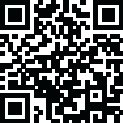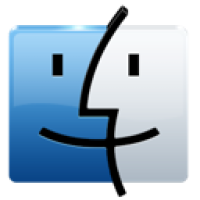

 Mac
Mac
At the beginning of the 1970s, many compact monophonic synthesizers appeared on the market. However, most of them were used mainly by famous musicians who could afford rare instruments or as research devices in the academic world. KORG wanted to allow the average musician to experience this new musical instrument. After much trial and error, the company's first mass-produced synthesizer was announced in 1973: the miniKORG 700. With a simple appearance that belied its ability to produce diverse sounds beyond imagination, it charmed many musicians who loved its unique and thick tonal quality.
KORG is a renowned name in music production and synthesis, celebrated for its innovative and quality-driven instruments. The KORG miniKORG, a blend of vintage charm and modern technology, has garnered attention from musicians, producers, and enthusiasts alike.
Analog Sound Engine: The miniKORG boasts a meticulously recreated analog sound engine, staying true to the original's sonic characteristics. Its versatile oscillators, filters, and modulation options allow musicians to craft various sounds, from vintage to contemporary.
Presets and Sound Library: The software has diverse presets that showcase the synthesizer's versatility. The miniKORG's preset library caters to various musical genres, from lush pads to biting leads.
Arpeggiator and Sequencer: Enhancing creative possibilities, the built-in arpeggiator and sequencer enable users to generate intricate patterns and sequences effortlessly. This feature is particularly valuable for electronic music producers and live performers.
Integration with macOS: Developed for macOS, the miniKORG integrates with popular digital audio workstations (DAWs) and MIDI controllers. Its user-friendly interface provides intuitive controls, making sound design and manipulation smooth.
Effects and Processing: The miniKORG software incorporates a range of effects, including reverb, delay, and modulation effects. This allows users to shape their sounds directly within the software environment.
MIDI Mapping: Musicians can map MIDI controllers to various parameters within the miniKORG, providing real-time tactile control over sound shaping.
Technical Details and System Requirements
MacOS 10.10 or later
Plug-ins: AU, VST, AAX (Supported 64bit plug-ins only)
Q: Is the miniKORG compatible with third-party MIDI controllers?
A: The miniKORG is designed to work with various MIDI controllers, allowing users to enhance their hands-on control over the synthesizer's parameters.
Q: Can I use the miniKORG as a standalone application?
A: The miniKORG is designed to work within compatible DAWs or MIDI controller software on macOS.
Q: Are software updates provided for the miniKORG?
A: Yes, KORG periodically releases software updates to enhance performance, fix bugs, and potentially introduce new features.
Q: Can I import my sounds into te miniKORG?
A: The miniKORG primarily relies on its internal sound engine and presets. While importing custom sounds might not be a built-in feature, the miniKORG's sound shaping capabilities allow for extensive sound design.
The KORG miniKORG seamlessly bridges the gap between the past and the present, offering musicians and producers the chance to experience the iconic analog sounds of the past while harnessing the convenience and capabilities of modern software integration. With its faithful recreation of the original hardware and adaptable features, the miniKORG remains a compelling choice for those seeking vintage-inspired sounds in their contemporary music production journey.